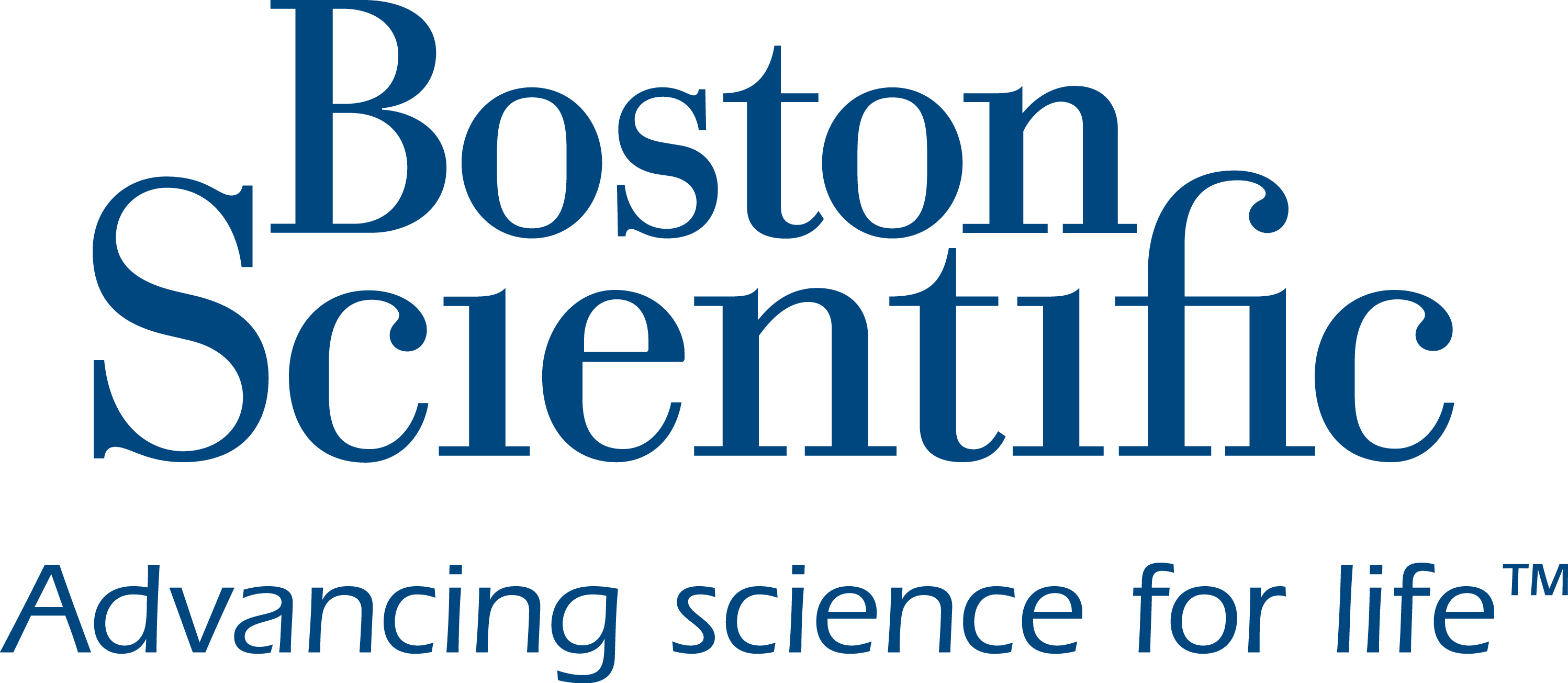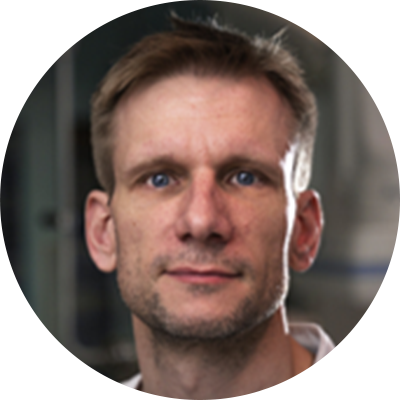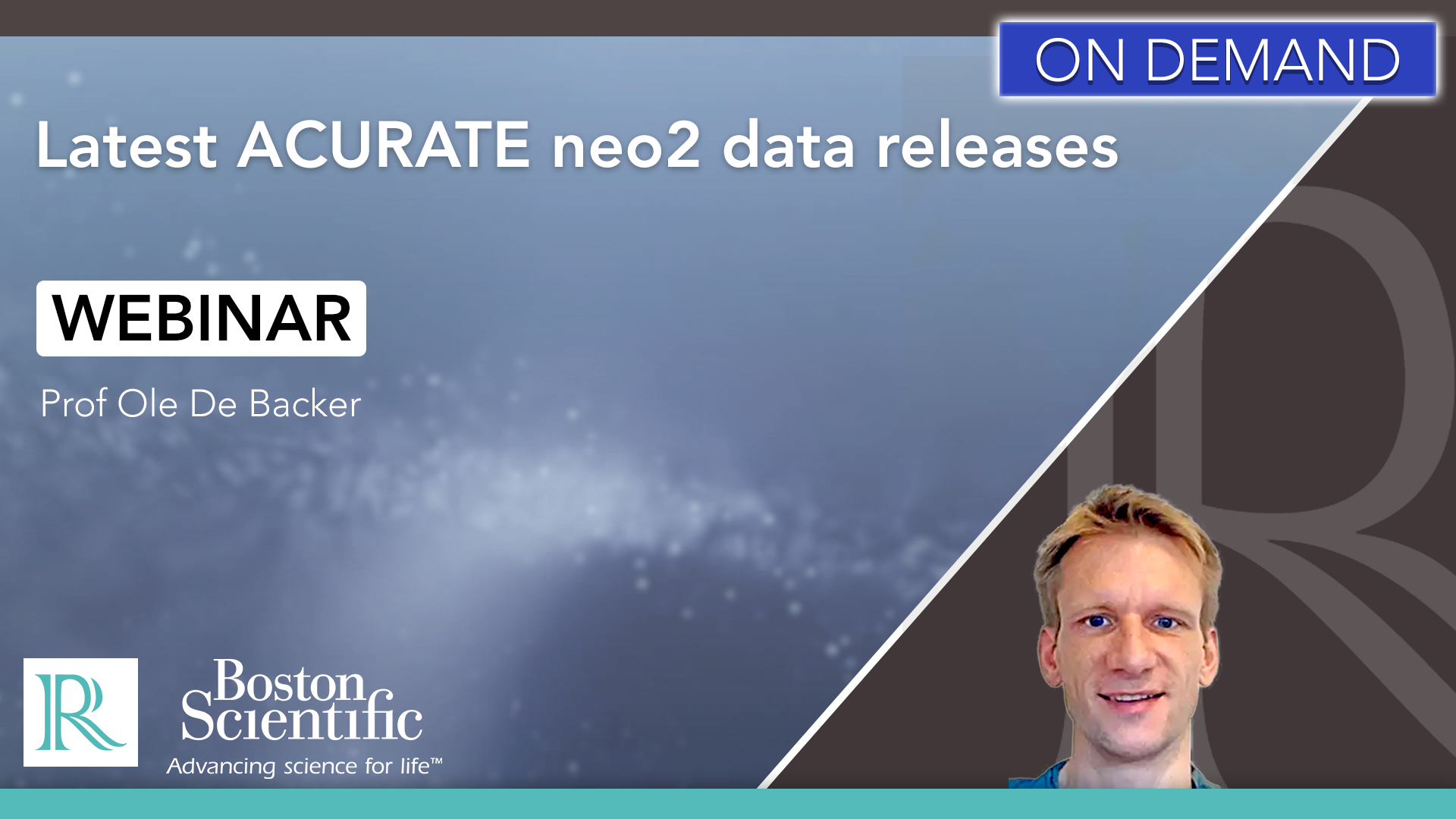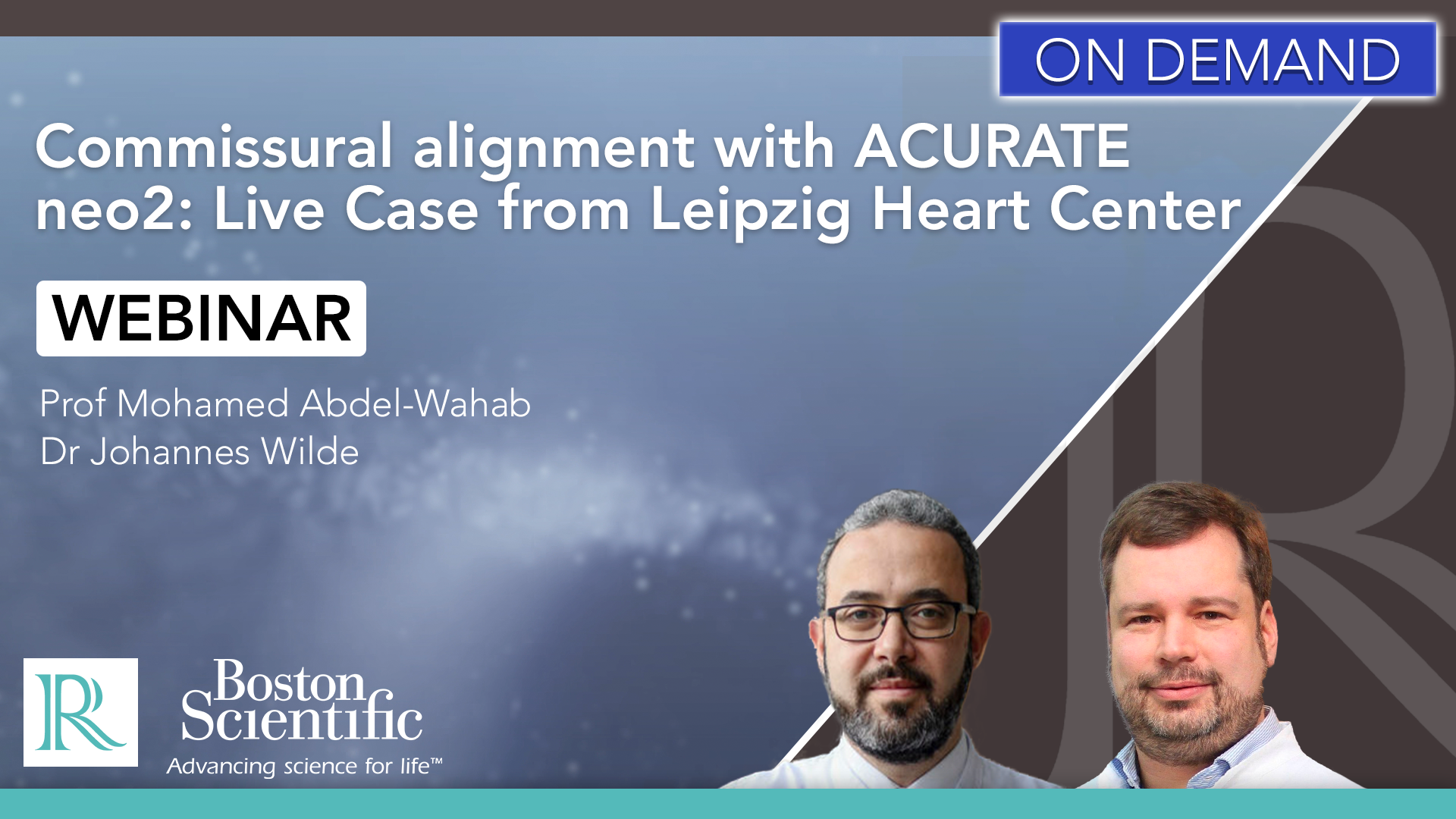Lifetime management of TAVI patients: How ACURATE neo2™ optimizes outcomes
Published: 07 June 2021
-
Views:
 8814
8814
-
Likes:
 7
7
-
Views:
 8814
8814
-
Likes:
 7
7
-
 3m 42sPart 1 Welcome and Introduction Raj Makkar, Ole De Backer, Mohamed Abdel-Wahab, Johannes Wilde
3m 42sPart 1 Welcome and Introduction Raj Makkar, Ole De Backer, Mohamed Abdel-Wahab, Johannes Wilde
Overview
TAVI has evolved over the last few years from a high-risk procedure to a standard of care for patients suffering from aortic valve stenosis. This rapid evolution has led to expanded patient indications and new challenges to safely and efficiently treat more patients who are younger over time.
In this webinar, the faculty will discuss latest clinical evidence for the novel ACURATE neo2™ Aortic Valve System designed with a number of new features and to understand how improvements in design may help optimize patient outcomes.
The live case from Leipzig, will address the topic of coronary access after TAVI, challenges and solutions to achieve a successful implant that will preserve coronary access for future interventions. Prof Mohamed Abdel-Wahab with Dr Johannes Wilde will provide insights on commissural alignment with the ACURATE Valve Platform.
The discussion will be facilitated by Prof Raj Makkar and Prof Ole De Backer.

Learning Objectives
- Latest real-world clinical data for ACURATE neo2
- Coronary access in TAVI and impact of valve design on outcomes
- Strategies and techniques to achieve commissural alignment
Target Audience
- Interventional Cardiologists
- Heart Surgeons
- Imaging Specialists
- Nurses
More from this programme
Part 1
Welcome and Introduction
| 1 session | |
| Welcome and Introduction | Watch now |
Part 2
Presentation
| 1 session | |
| Latest ACURATE neo2 data releases | Watch now |
Part 3
Live Case from Leipzig Heart Center
Faculty Biographies

Ole De Backer
Interventional Cardiologist
Prof Ole De Backer is an internationally renowned interventional cardiologist working at Rigshospitalet, Copenhagen University Hospital, Denmark and is an expert in structural heart interventions – among others transcatheter heart valve interventions, percutaneous left atrial appendage closure and thoracic endovascular aortic repair. Special areas of interest are the development and adoption of a fully percutaneous, minimal invasive approach for different structural heart interventions and the use of advanced cardiac imaging tools for planning and guidance of these interventions. He is actively involved and leading several research projects in the field of transcatheter heart valves and percutaneous left atrial appendage closure.







